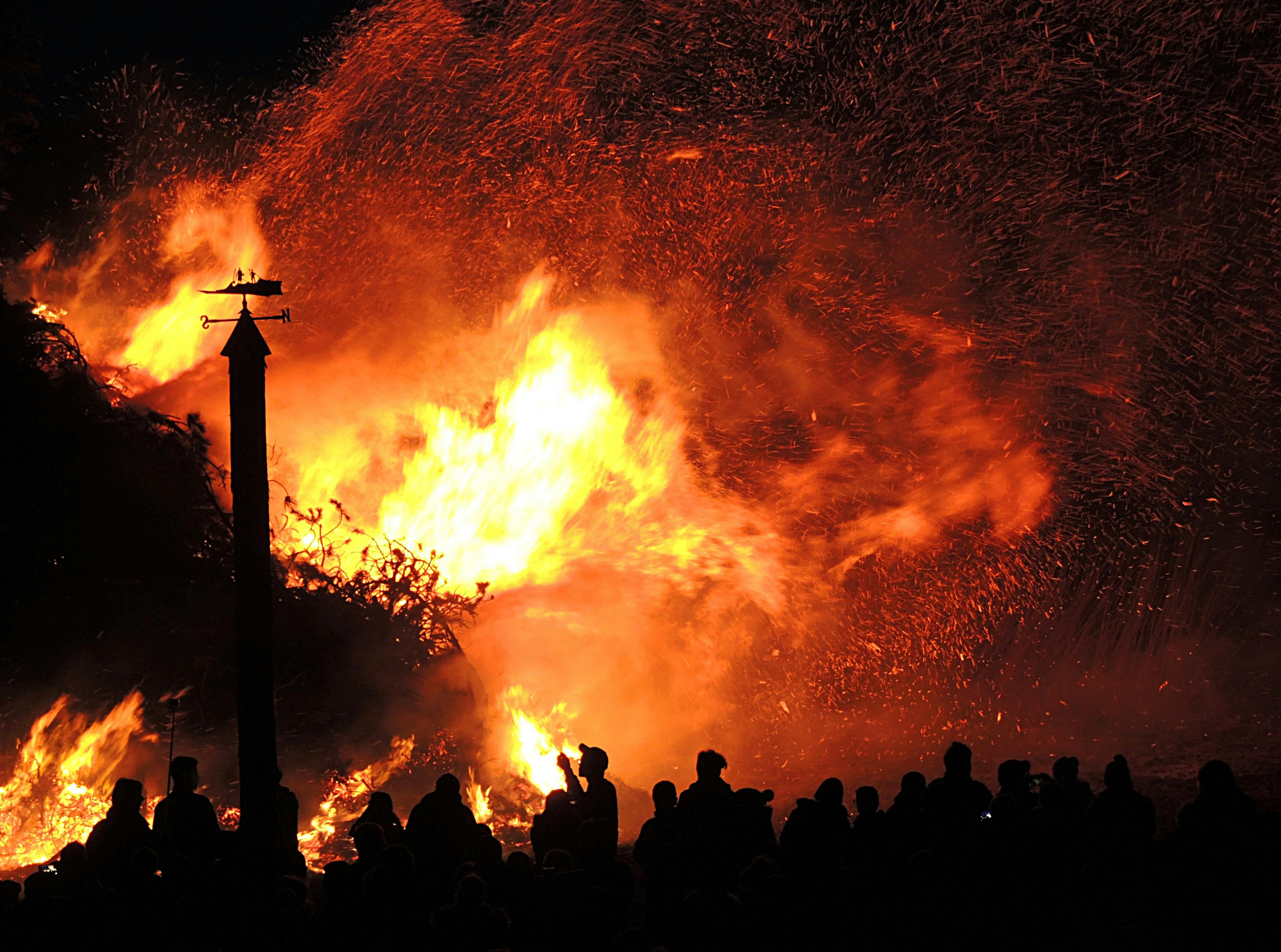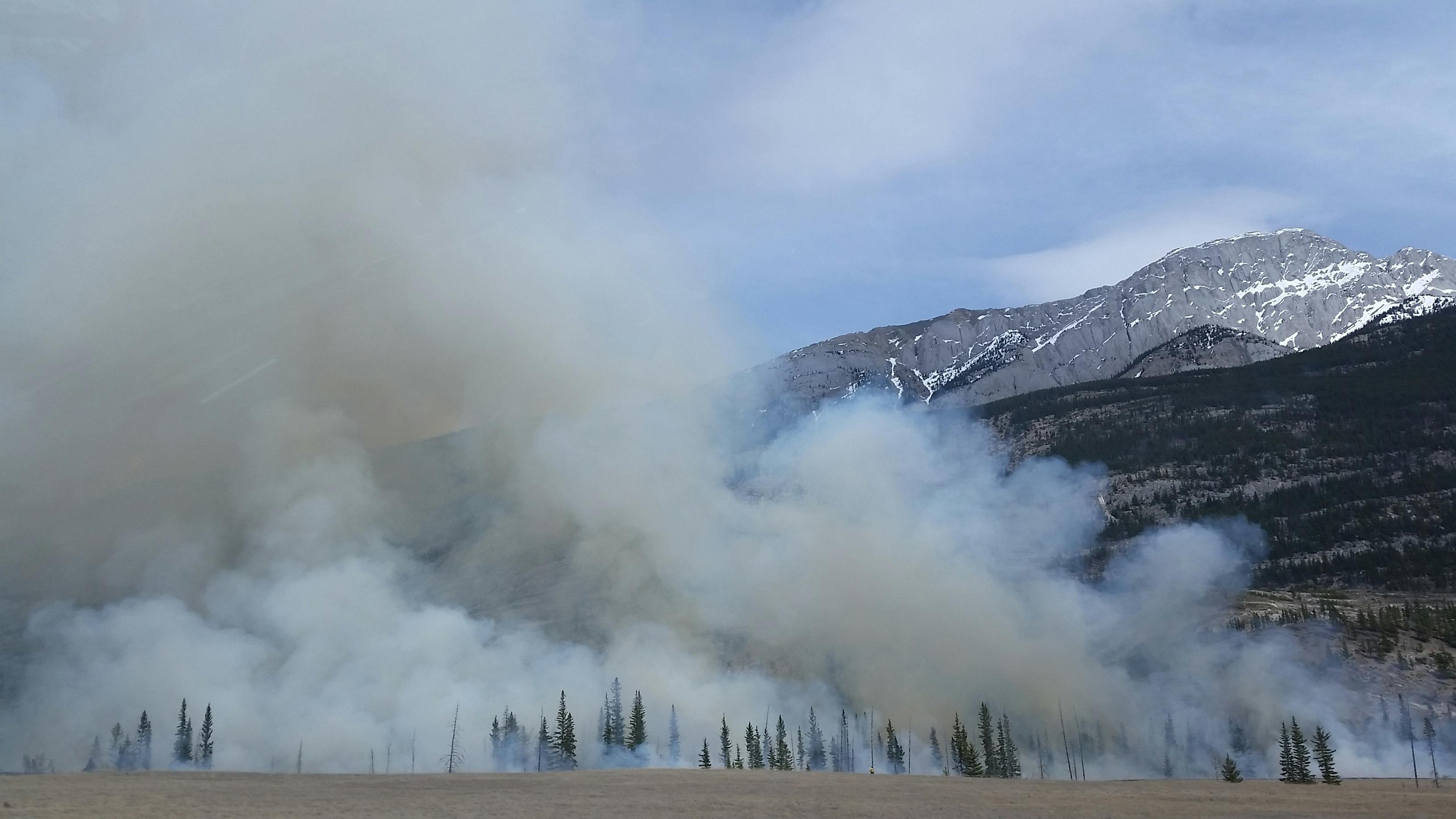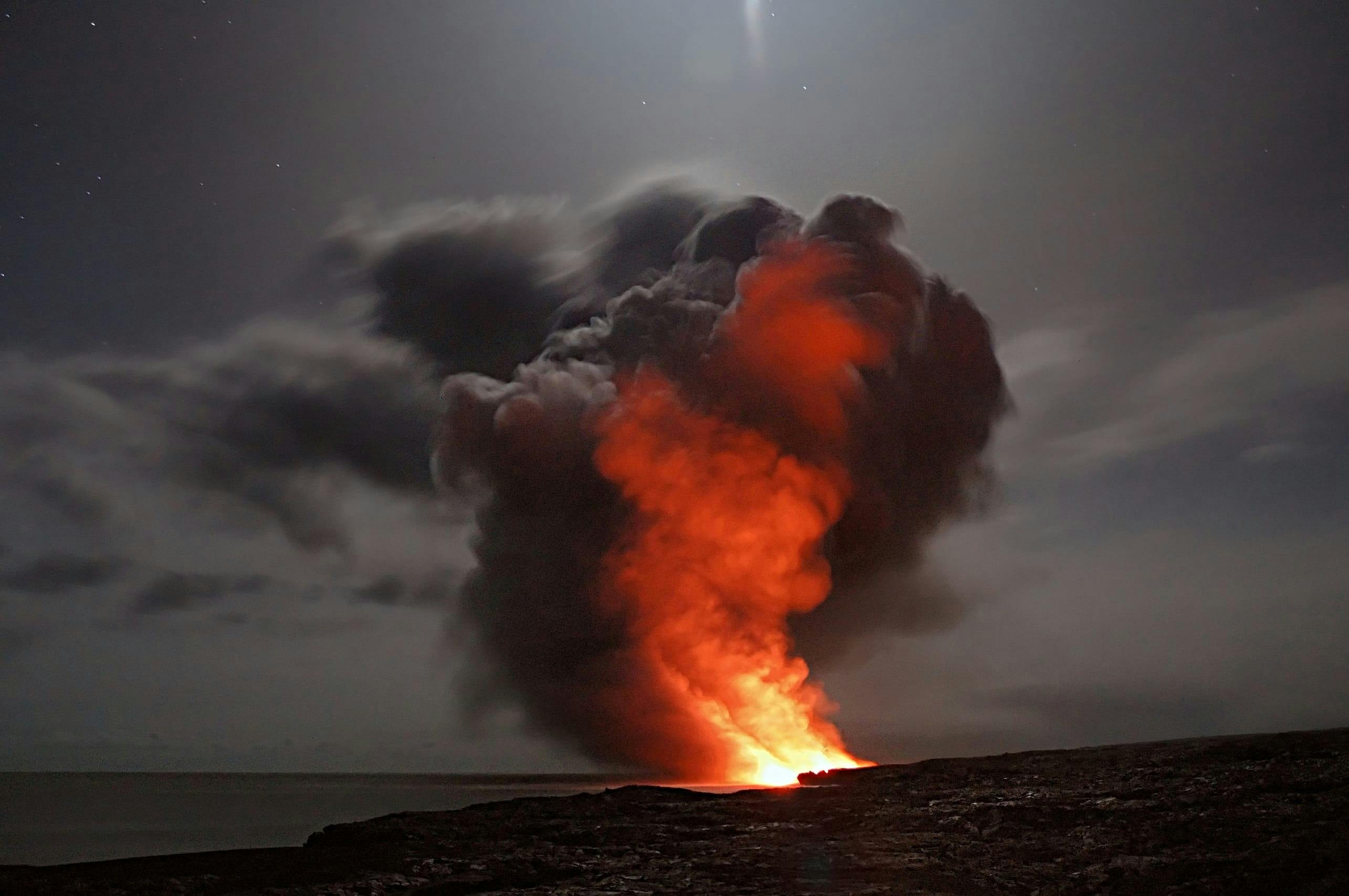Incredible fires ahead

The problem of forest fires is global.
All continents are affected by disasters, both in the northern and southern hemispheres.
The latest catastrophic fires in 2020, in the United States of America, on the west coast,
and in Australia, prove the extent of the problem, when climate changes strengthen the threat
and the intensity of wildfires.
Europe is not spared by the problem. Large-scale fires surprised Scandinavia in 2018,
even though this very temperate region of the world was considered spared by these destructive phenomena.
The Copernicus Climate change Service (C3S) today reveals that globally 2020 was tied with the previous
warmest year 2016, making it the sixth in a series of exceptionally warm years starting in 2015,
and 2011- 2020 the warmest decade recorded.
Meanwhile, Europe saw its warmest year on record, 0.4°C warmer than 2019 which was previously the warmest year.
Together with the Copernicus Atmosphere Monitoring Service (CAMS), C3S also reports that CO2 concentrations
in the atmosphere have continued to rise.
Wildfires

As a new decade begins, the Copernicus Atmosphere Monitoring Service (CAMS) can bring to light
its year in fire which has provided some exceptional activity in terms of both intensity and
emissions across the globe.
Wildfires can be responsible for far greater air pollution than industrial emissions and
produce a combination of particulates, carbon monoxide and other pollutants,
that can be hazardous to the health of all life on the planet.
CAMS can reveal that around the world approximately 6,735 megatons of CO2 have been released into
the atmosphere from wildfires between 1 January and 30 November 2019. Many have made headlines
across the globe including the Amazon fires, Indonesian fires, the Arctic wildfires
and the Australian bushfires.
But some lesser known fires also had a significant effect on the environment and air quality,
including in Colombia, Venezuela, Syria and Mexico.
Fires were responsible for as much as a fifth of the 36.8 billion tons of carbon released in 2019
from burning fossil fuels, down from about a quarter at the beginning of the century.
By the end of the century, the likelihood of catastrophic wildfires events will increase
by a factor of 1.31 to 1.57. Even under the lowest emissions scenario, we will likely
see a significant increase in wildfire events.
Ecological impact
The Joint Research Centre (JRC) of the European Commission presented the 21st edition
of its Annual Report on Forest Fires in Europe, the Middle East and North Africa,
covering 2020. After the worst year to date in 2019, 2020 was another year in which
fires burnt large areas of natural land in Europe. Despite the increased level of
preparedness in EU countries, about 340,000 hectares (ha) were burnt in the EU in 2020.
It is necessary to mobilize today science, technologies, policies and cooperation
to prevent these massive fires, safeguard our forests, preserve biodiversity
and, above all, protect lives all over the world.


